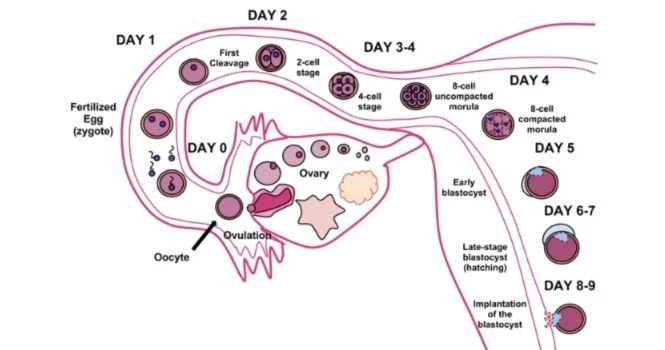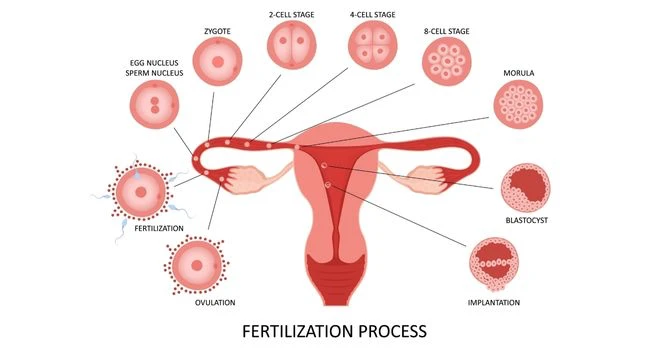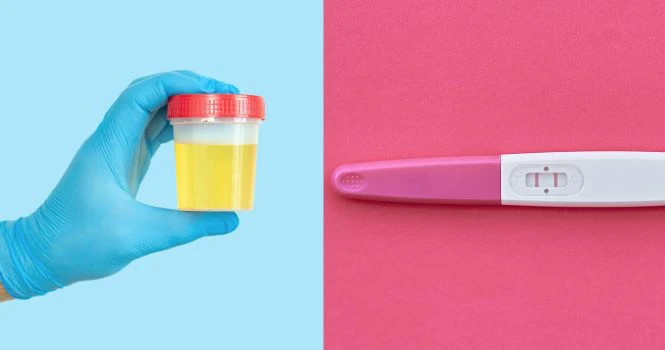Pregnancy tests are typically a woman’s first step in confirming a potential pregnancy. Despite their widespread use, several misconceptions about pregnancy tests persist.
Let’s debunk seven common misconceptions to provide clarity and improve understanding.
1. A False Positive is Common
False positives, where the test indicates you’re pregnant when you’re not, are not as common as some believe.
Pregnancy tests work by detecting the hormone human chorionic gonadotropin (HCG), which is only produced in the body during pregnancy.
A false positive can occur due to several reasons, such as chemical pregnancy, menopause, or certain medications, but these are relatively rare circumstances. Always consult a healthcare professional if you believe you’ve received a false positive result.
(A chemical pregnancy is a very early miscarriage that occurs before the fifth week of gestation, often before a woman realises she’s pregnant, and is typically detected by a positive pregnancy test but followed by a negative one soon after).
2. You Can Take a Test Any Time of the Day
While it’s technically possible to take a pregnancy test at any time, the most accurate results are typically obtained first thing in the morning.
This is because HCG levels are usually highest in the morning urine. Taking the test later in the day, especially if you’ve had a lot of fluid intake, can dilute your urine and potentially lead to a false negative.
3. All Tests Provide Instant Results
Some people believe that all pregnancy tests give instant results. However, the time required to get results can vary based on the type of test. While most over-the-counter urine tests can provide results in a few minutes, blood tests performed at a diagnostic lab can take several hours. Always follow the instructions on the package for the most accurate results.
4. Pregnancy Tests Can Detect a Pregnancy Immediately After Conception
The belief that a pregnancy test can detect a pregnancy immediately after conception is a common misconception. HCG, the hormone detected by pregnancy tests, is only produced after the fertilized egg implants in the uterus.
This implantation usually occurs 6 to 12 days after ovulation. After this point, HCG levels rise rapidly, but it may still take a few days before they’re high enough to be detected by a pregnancy test.
5. The Intensity of the Test Line Indicates the Viability of the Pregnancy
The color or intensity of the test line on a pregnancy test doesn’t indicate the viability of the pregnancy. The test line’s intensity is dependent on the concentration of HCG in your urine, which can vary based on how much fluid you’ve consumed and the time of day. It’s not a reliable indicator of pregnancy health.
6. You Can’t Get a False Negative
Contrary to this belief, false negatives, where the test indicates you’re not pregnant when you are, can occur.
This often happens when the test is taken too early, before HCG levels have risen enough to be detected. If you receive a negative result but still believe you might be pregnant, consider waiting a few days and testing again.
7. Home Pregnancy Tests are Always Accurate
Although home urine pregnancy tests are typically around 97% accurate when used correctly, there’s still room for error.
Factors like testing too early, not following the instructions properly, or using an expired test can affect the accuracy of the result. If in doubt, it’s always a good idea to confirm the result with your doctor.
In conclusion, understanding how pregnancy tests work can help debunk common misconceptions and ensure that you use them effectively.
Always remember to follow the instructions on the test package and consult your healthcare provider if you’re uncertain about the results.













